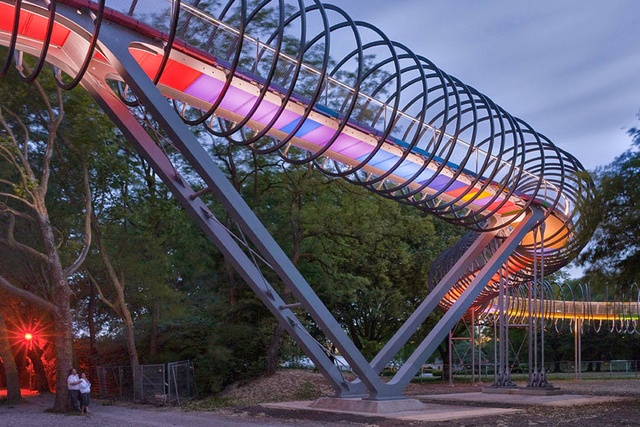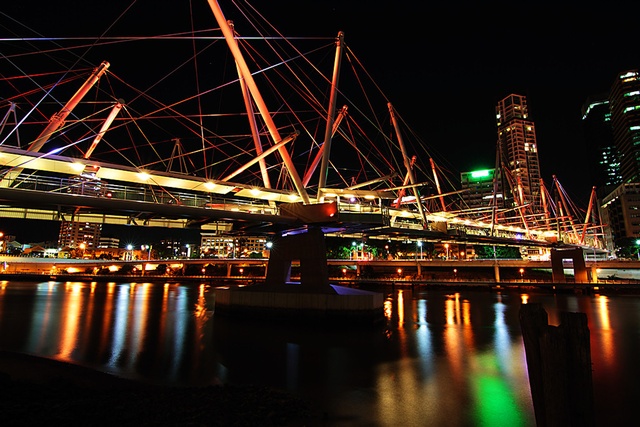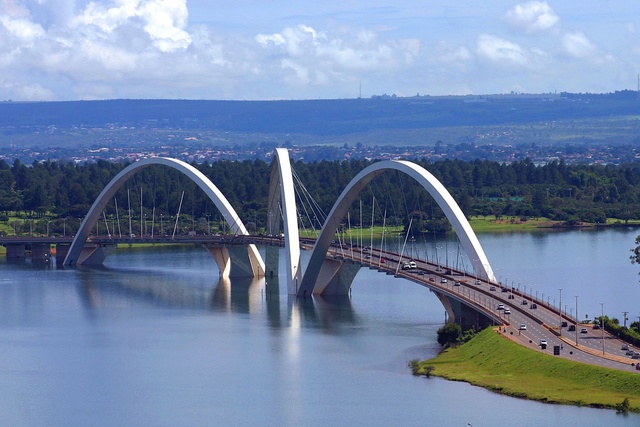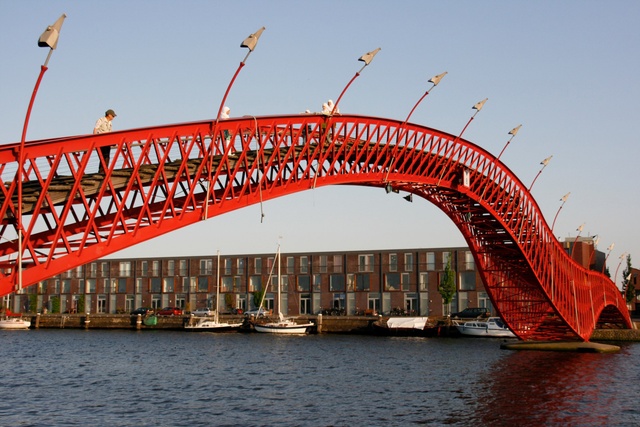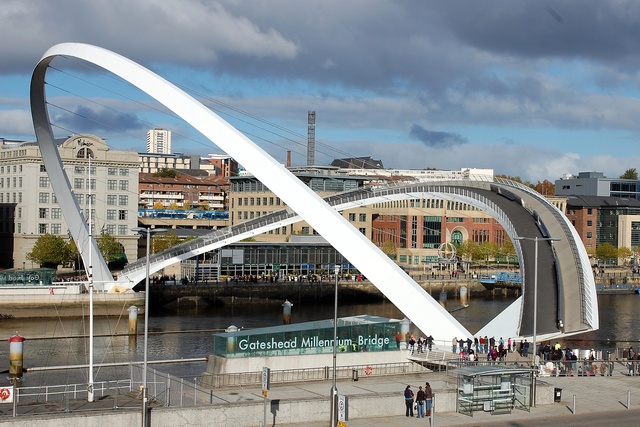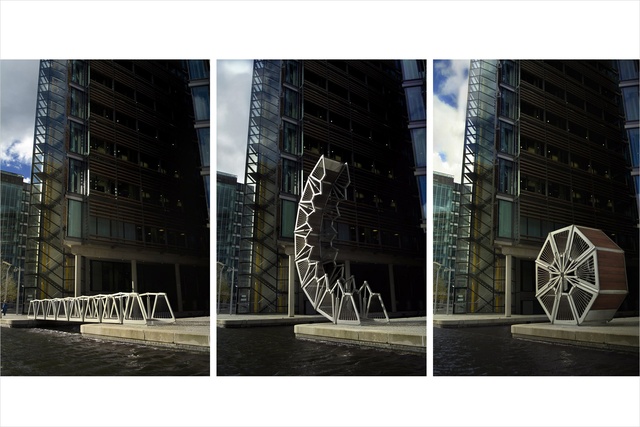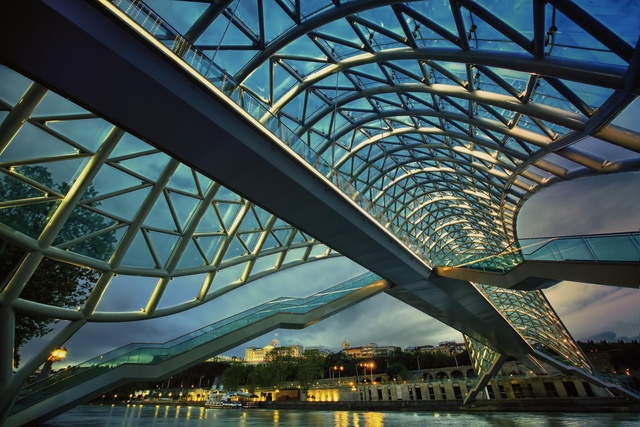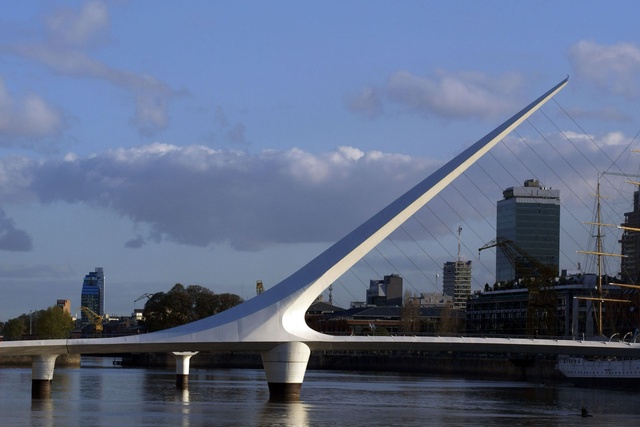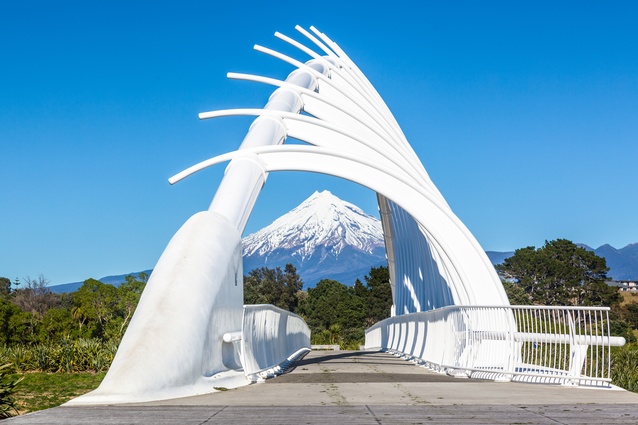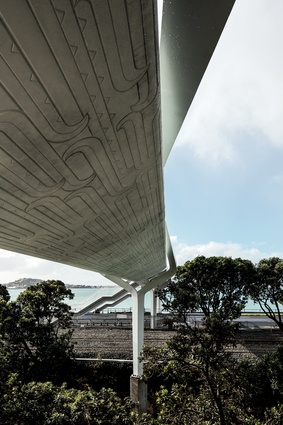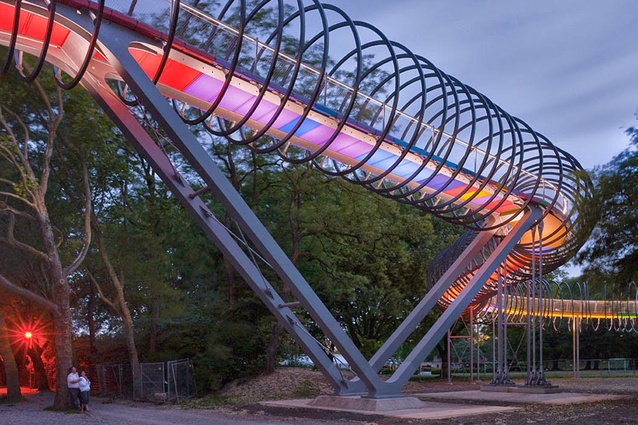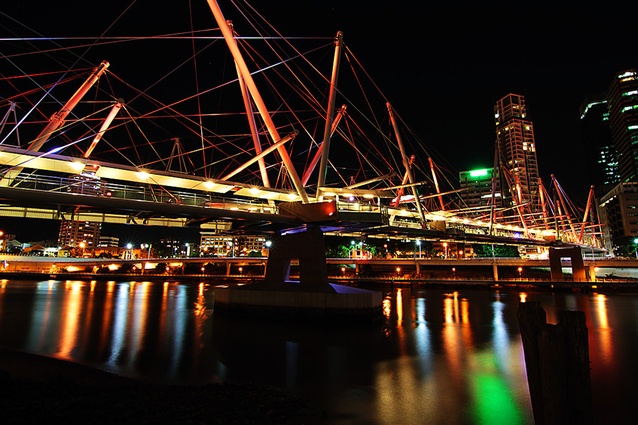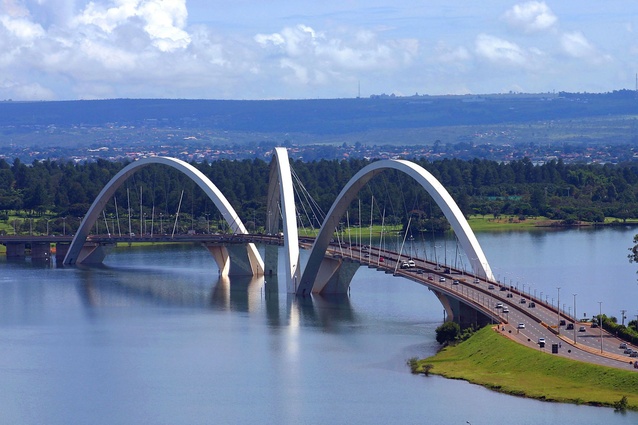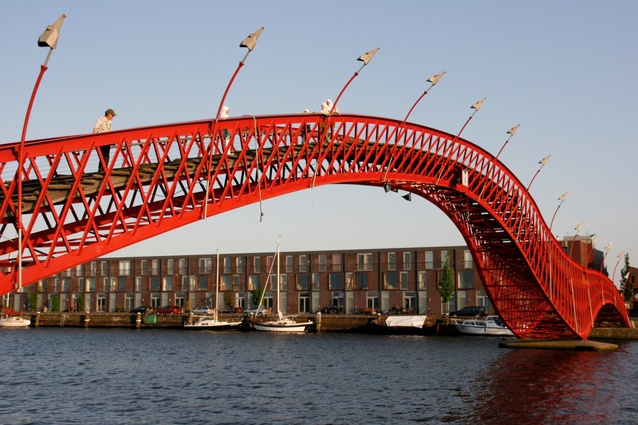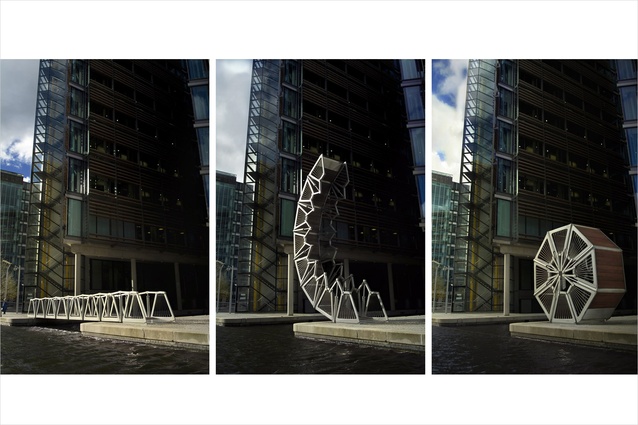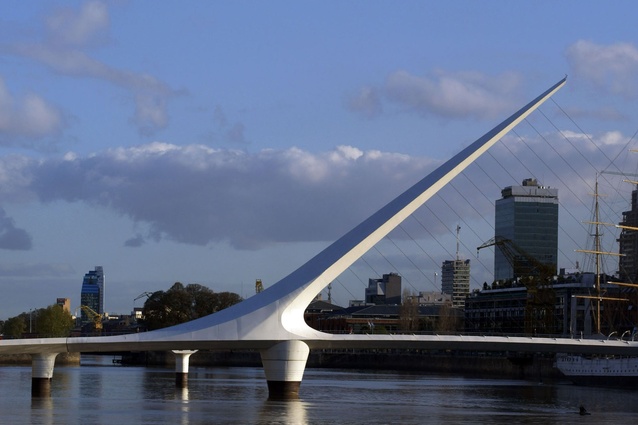Bridging the gap
No longer purely a means of transport to get across a river or valley, advancements in engineering and design are creating a plethora of contemporary architecturally-designed bridges with striking visual impact. These achievements of modern engineering combine high functionality with inspiring design, often creating a landmark that is far from utilitarian.
New Zealand’s hilly terrain and many rivers mean that bridges in this country are a necessity. In 2009 there were 2,174 rail bridges, over 15,500 road bridges and 150 rail tunnels. All bridges serve unique purposes and their design varies according to function, the terrain where the bridge is constructed, materials that were used and, of course, the funds available to construct it.
The iconic 265-m long Lower Hatea crossing in Whangarei is a prime example of a bridge evoking a sense of place and history while also being culturally meaningful. Based on a Maori design for a fish hook, Te Matau a Pohe has garnered 14 national and international awards thus far, indicating that its clever design has been appreciated overseas as well as on our shores.
Crossing a tidal river estuary, the Lower Hatea crossing is a new portion of the highway network, aimed at reducing congestion in the city centre and improving access to the airport and Whangarei Heads. Designed in 2011 by Knight Architects, UK specialist bridge architects, it is one of the only rolling bascule bridges in New Zealand and can carry up to 8,000 vehicles per day.

A breaking wave or whale skeleton? Whichever you see, Te Rewa Rewa bridge in New Plymouth frames Mount Taranaki and has become an iconic design for the community. The pedestrian/cycle bridge was designed by Whitaker Civil Engineering in 2007 and opened in 2010. Spanning the Waiwhakaiho river, it is made of three steel tubes; two beneath the deck and the remaining one, together with 19 sweeping rib structures, forming a distinctive arch.
The tied arch bridge has a clear span of nearly 70 metres and is part of the New Plymouth Coastal Walkway. The bridge’s form represents the sacred relationship between the wind, sea and land with the Ngati Tawhirikura tribe. Its design has been celebrated both nationally and internationally, with Te Rewa Rewa winning several awards, including the 2011 International Footbridge Award in the aesthetics category (medium span).
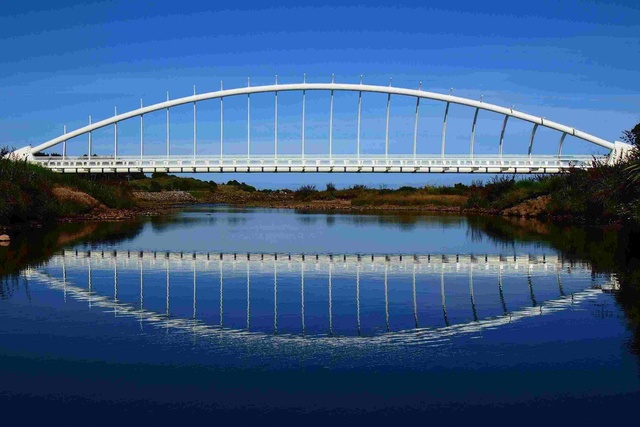
The 1930s over-railway pedestrian bridge connecting Tamaki Drive to Parnell baths desperately needed to be replaced due to structural fatigue and the necessity for the bridge to be raised. Warren and Mahoney stepped in with concept plans that were approved by Auckland Council, and the contemporary Point Resolution bridge was completed in 2013. Marvellously located with a direct view to Rangitoto Island, the highly sculptural all-white structure has a hull-like deck that consists of a simple shaped concrete beam, alluding to the yachts and the harbour beyond.
Kiwi artist Henriata Nicholas was brought in to create a custom design on the base and the balustrade that alludes to water ripples (pungarungaru in Maori). The deck cantilevers out over the harbour to provide a new viewing platform and to enhance the functionality of the simple but beautifully designed bridge.
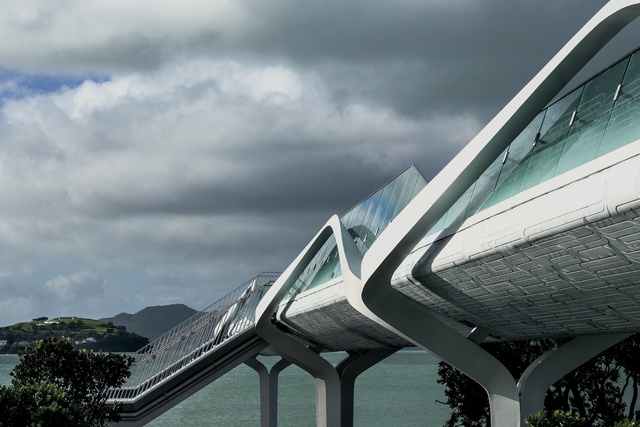
See photos below for more examples of bridges from across the world that merge modern engineering with inspiring architectural design.
